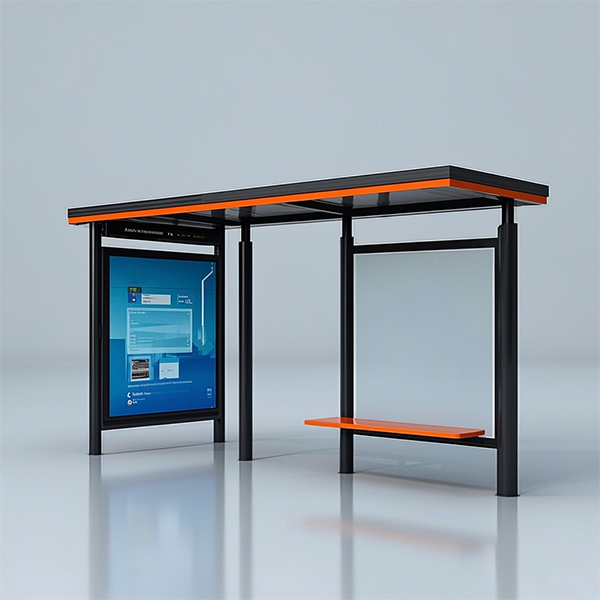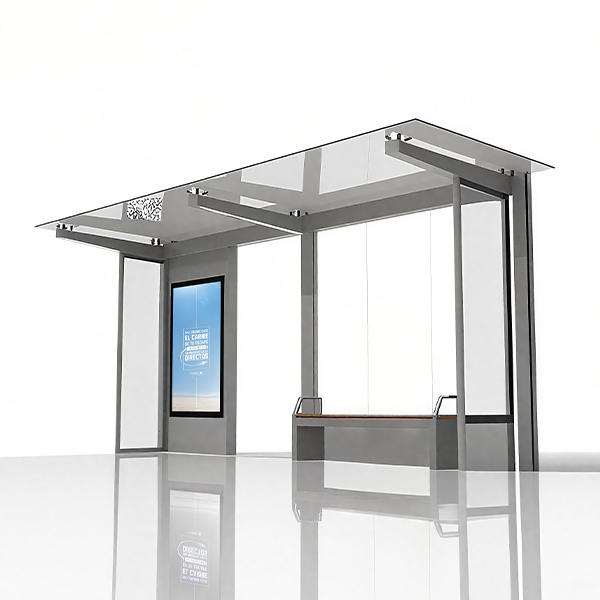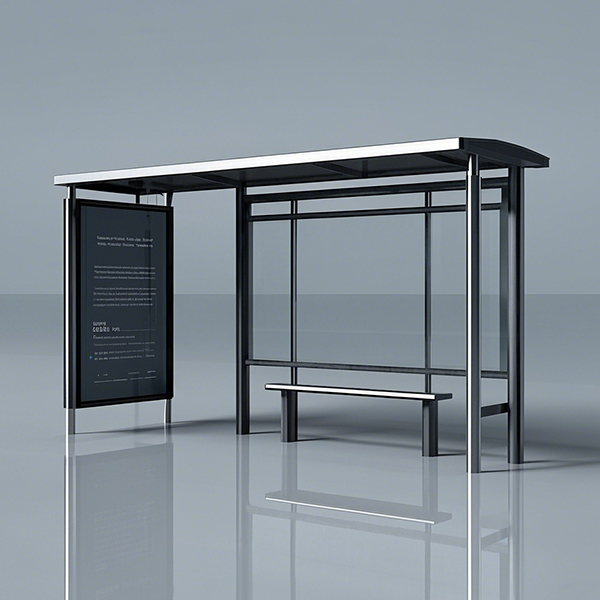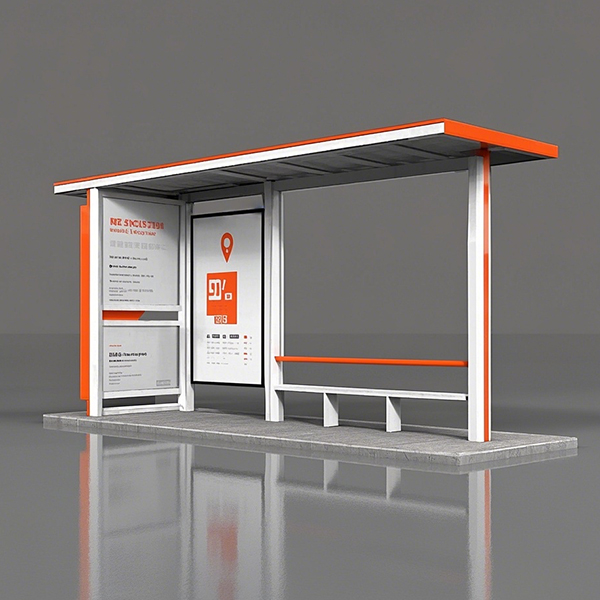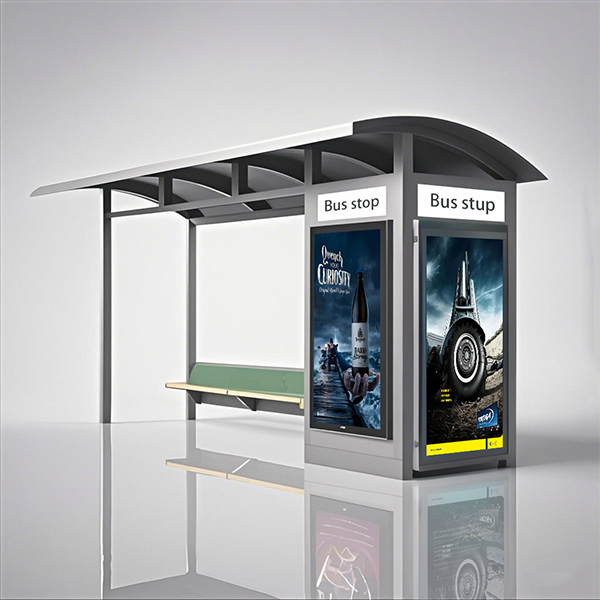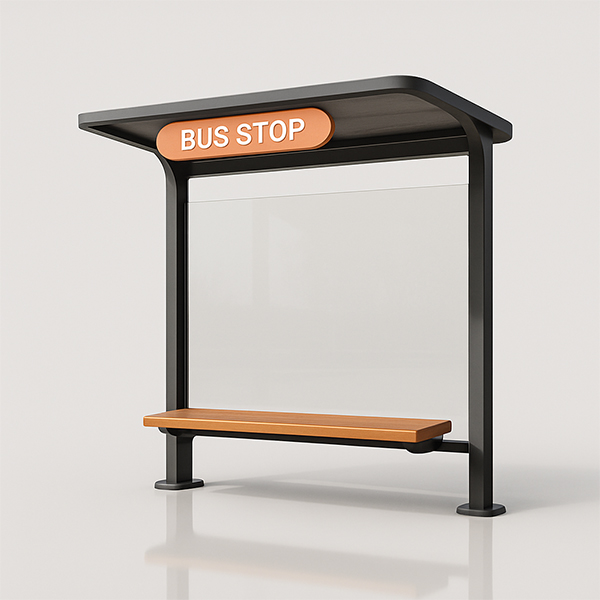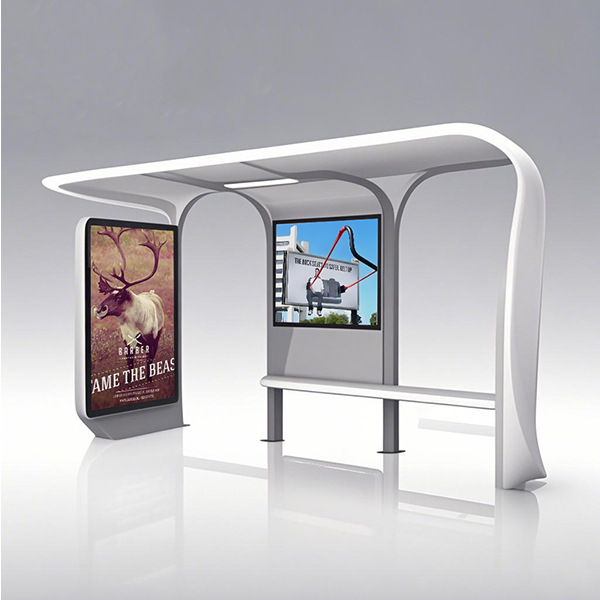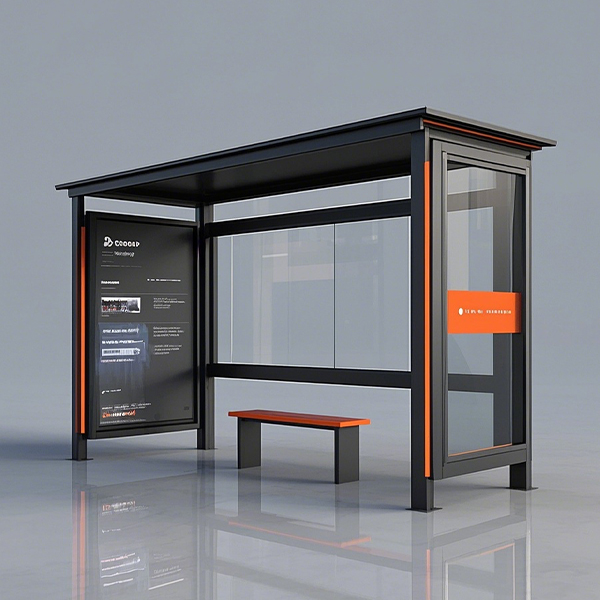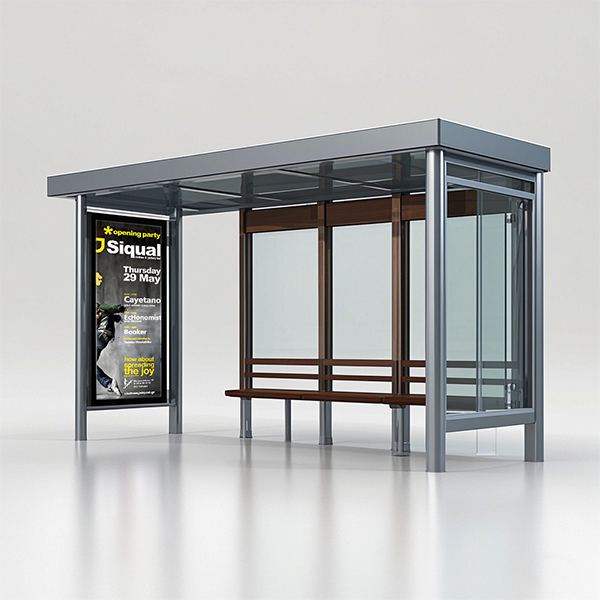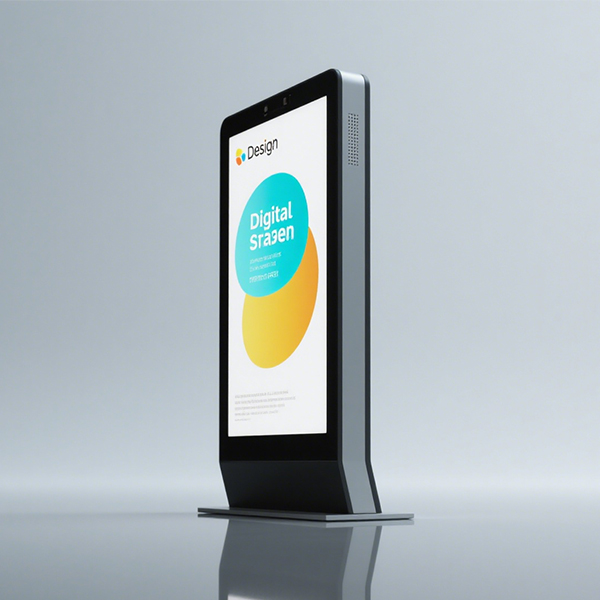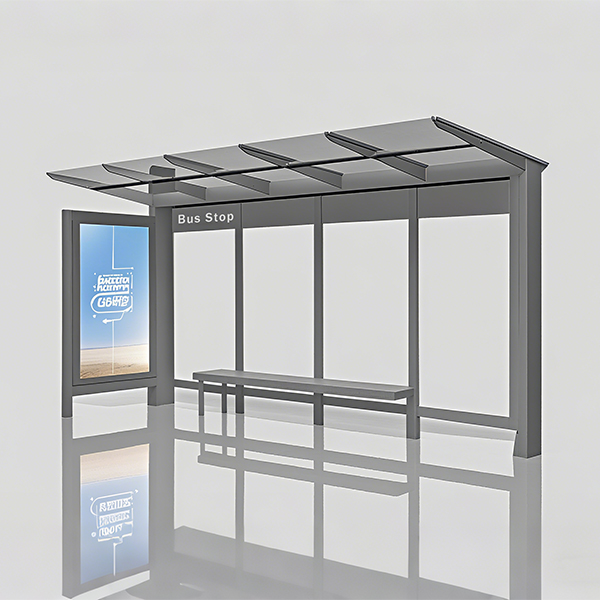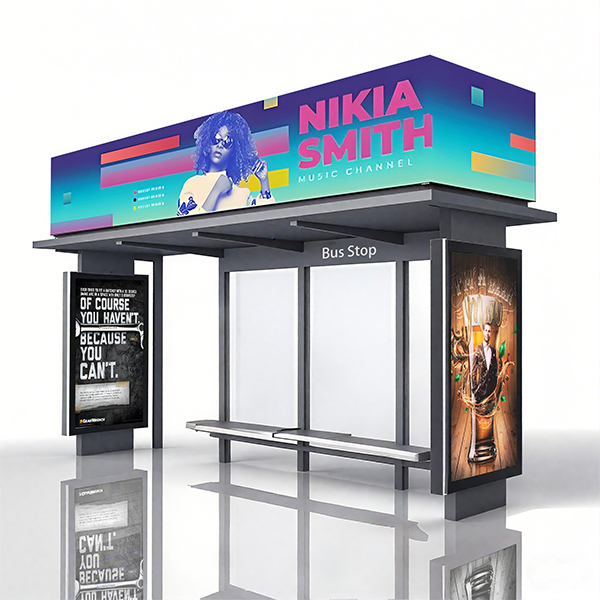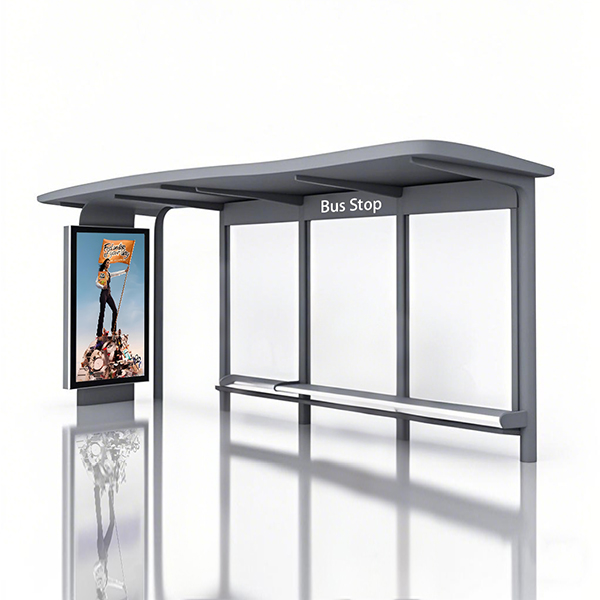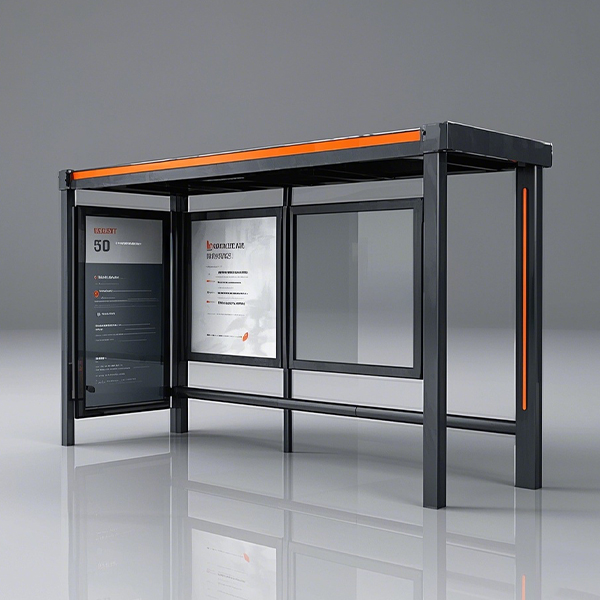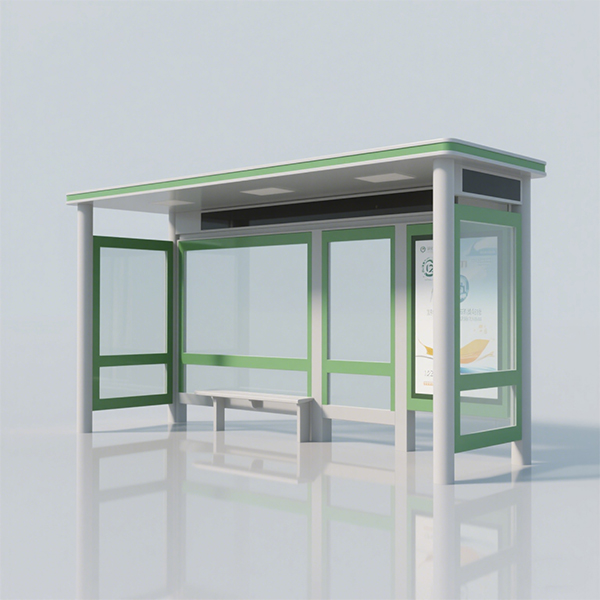
Bus Waiting Shelter
This guide provides a comprehensive overview of bus waiting shelters, covering their design, functionality, materials, and the factors to consider when selecting the right shelter for your needs. We'll explore various types, maintenance requirements, and even touch upon the impact of sustainable practices in bus waiting shelter design. Learn how to choose a shelter that prioritizes passenger comfort, safety, and longevity.
Types of Bus Waiting Shelters
Traditional Shelters
Traditional bus waiting shelters typically feature a simple roof supported by posts, often constructed from metal or wood. They provide basic protection from the elements but may lack advanced features. These are commonly found in smaller communities or areas with lower ridership.
Modern Shelters
Modern designs incorporate advanced materials, such as tempered glass and durable composite materials. These shelters often include features like integrated seating, lighting, real-time information displays, and even solar panels for sustainable energy. Consider the aesthetic and the level of functionality required when choosing a modern bus waiting shelter.
Smart Shelters
The integration of technology is transforming bus waiting shelters. Smart shelters may offer features like Wi-Fi connectivity, USB charging ports, digital signage displaying real-time bus arrival information, and even environmental monitoring sensors. These advanced shelters enhance the passenger experience and improve overall transit efficiency. Companies like Shandong Luyi Public Facilities Co., Ltd. (https://www.luyismart.com/) are at the forefront of this innovation, offering a wide range of solutions.
Factors to Consider When Choosing a Bus Waiting Shelter
Selecting the appropriate bus waiting shelter depends on several key factors:
| Factor | Description |
|---|---|
| Location | Consider the climate, surrounding environment, and pedestrian traffic. |
| Budget | Different shelter types have varying costs. Balance features with budget constraints. |
| Maintenance | Choose materials and designs that require minimal upkeep. |
| Accessibility | Ensure compliance with ADA standards for accessibility. |
| Aesthetics | Select a design that complements the surrounding architecture. |
Table 1: Key Considerations for Bus Waiting Shelter Selection
Materials and Construction
Bus waiting shelters are constructed from a variety of materials, each with its own advantages and disadvantages. Common materials include:
- Steel: Durable and strong, but susceptible to corrosion.
- Aluminum: Lightweight and rust-resistant, but may dent more easily.
- Wood: Aesthetically pleasing but requires regular maintenance.
- Concrete: Robust and long-lasting but can be expensive.
- Composite materials: Offer a balance of strength, durability, and aesthetics.
Maintenance and Sustainability
Regular maintenance is essential for extending the lifespan of your bus waiting shelter. This includes cleaning, inspections for damage, and timely repairs. Choosing sustainable materials and design features can significantly reduce the environmental impact and operational costs over the long term. Incorporating solar panels, energy-efficient lighting, and recycled materials are all part of a move towards sustainable bus waiting shelter design.
By carefully considering these factors, you can select a bus waiting shelter that meets your specific needs and provides a comfortable and safe waiting experience for passengers.
1 Information gathered from industry best practices and product specifications from various manufacturers, including Shandong Luyi Public Facilities Co., Ltd.
Соответствующая продукция
Соответствующая продукция








